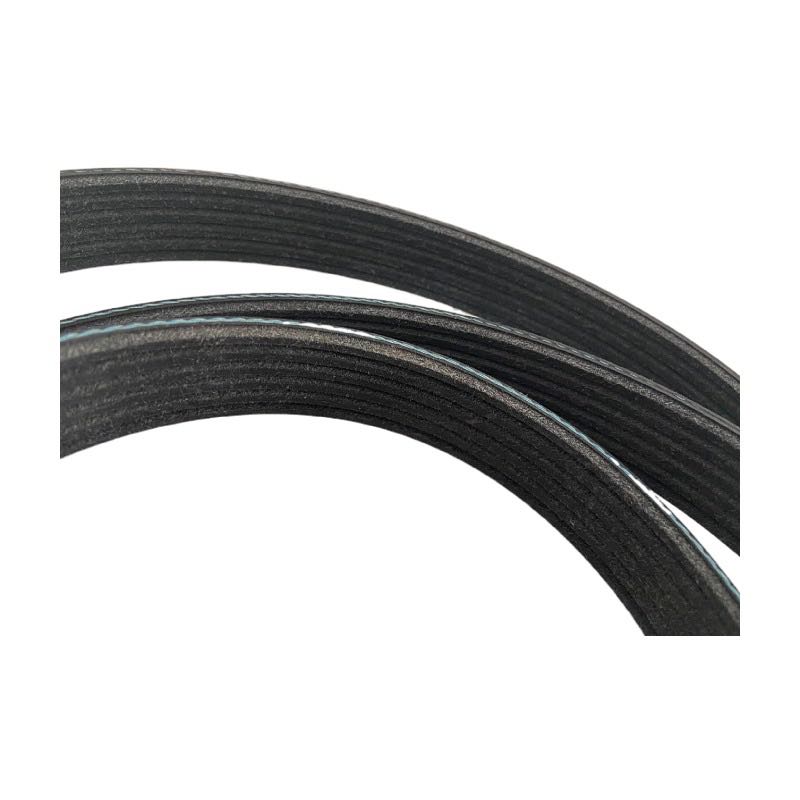- Arabic
- French
- Russian
- Spanish
- Portuguese
- Turkish
- Armenian
- English
- Albanian
- Amharic
- Azerbaijani
- Basque
- Belarusian
- Bengali
- Bosnian
- Bulgarian
- Catalan
- Cebuano
- Corsican
- Croatian
- Czech
- Danish
- Dutch
- Afrikaans
- Esperanto
- Estonian
- Finnish
- Frisian
- Galician
- Georgian
- German
- Greek
- Gujarati
- Haitian Creole
- hausa
- hawaiian
- Hebrew
- Hindi
- Miao
- Hungarian
- Icelandic
- igbo
- Indonesian
- irish
- Italian
- Japanese
- Javanese
- Kannada
- kazakh
- Khmer
- Rwandese
- Korean
- Kurdish
- Kyrgyz
- Lao
- Latin
- Latvian
- Lithuanian
- Luxembourgish
- Macedonian
- Malgashi
- Malay
- Malayalam
- Maltese
- Maori
- Marathi
- Mongolian
- Myanmar
- Nepali
- Norwegian
- Norwegian
- Occitan
- Pashto
- Persian
- Polish
- Punjabi
- Romanian
- Samoan
- Scottish Gaelic
- Serbian
- Sesotho
- Shona
- Sindhi
- Sinhala
- Slovak
- Slovenian
- Somali
- Sundanese
- Swahili
- Swedish
- Tagalog
- Tajik
- Tamil
- Tatar
- Telugu
- Thai
- Turkmen
- Ukrainian
- Urdu
- Uighur
- Uzbek
- Vietnamese
- Welsh
- Bantu
- Yiddish
- Yoruba
- Zulu
Αυγ . 29, 2024 22:10 Back to list
High-Quality V Belts for Tools - Durable and Reliable Solutions
Understanding V-Belts for Power Tools
In the world of power tools and machinery, the often-overlooked component that plays a crucial role in their functionality is the V-belt. This simple yet effective mechanical part is essential in transferring power between various components, ensuring that tools operate smoothly and efficiently. Whether you're a professional tradesperson or a DIY enthusiast, understanding V-belts can significantly impact the performance and longevity of your tools.
What is a V-Belt?
A V-belt is a type of belt that is shaped like a V in cross-section. This design allows the belt to fit snugly into the grooves of the pulleys, providing better traction and reducing slippage compared to flat belts. V-belts are commonly found in various applications, ranging from automotive engines to industrial machinery and power tools. Their ability to handle high loads while maintaining flexibility makes them an ideal choice for machines that require reliable power transfer.
Benefits of Using V-Belts
1. Efficiency V-belts have a high power-to-weight ratio, which means they can transmit a significant amount of power with minimal weight. This efficiency is vital in power tools, where performance is often a top priority.
2. Durability Made from materials like rubber and reinforced with fibers, V-belts are designed to endure wear and tear. They resist stretching, cracking, and other forms of damage, ensuring a long service life when properly maintained.
3. Versatility V-belts come in various sizes and configurations, making them suitable for a wide range of power tools. Whether it's a table saw, miter saw, or drill press, there’s likely a V-belt that fits the specific tool's requirements.
4. Quieter Operation Compared to other types of drives, V-belts typically operate more quietly. This is particularly beneficial in environments where noise reduction is important.
v belt for tools

Choosing the Right V-Belt
Selecting the correct V-belt for your power tool is crucial for optimal performance. When choosing a V-belt, consider factors such as the belt's length, width, and construction material. It's also essential to match the belt type (standard, narrow, or wrapped) with the manufacturer's specifications. Using a replacement that doesn’t meet these criteria can lead to reduced efficiency, increased wear, or even damage to the tool.
Maintenance Tips
To get the most out of your V-belts, regular maintenance is vital. Here are a few tips
- Inspection Regularly check the V-belt for signs of wear, such as cracks, fraying, or glazing. Replacing a worn belt early can prevent further damage to the tool.
- Tension Adjustment Ensure the belt maintains the correct tension. A belt that is too loose may slip, while one that is too tight can wear out faster or damage the pulleys.
- Cleaning Keep the belt and pulleys clean from dust and debris that could affect performance. A clean working environment extends the life of the V-belt and improves tool efficiency.
Conclusion
In summary, V-belts are an indispensable component of many power tools, providing a reliable means of power transmission. Understanding their functionality, benefits, and maintenance requirements can help you maximize your tools’ performance and longevity. Whether you are replacing an old belt or choosing one for a new tool, being informed about V-belts ensures that your projects run smoothly. Remember that a little attention to this seemingly minor component can lead to significant improvements in your tool's operation and efficiency.
-
Korean Auto Parts Timing Belt 24312-37500 For Hyundai/Kia
NewsMar.07,2025
-
7PK2300 90916-T2024 RIBBED BELT POLY V BELT PK BELT
NewsMar.07,2025
-
Chinese Auto Belt Factory 310-2M-22 For BMW/Mercedes-Benz
NewsMar.07,2025
-
Chinese Auto Belt Factory 310-2M-22 For BMW/Mercedes-Benz
NewsMar.07,2025
-
90916-02660 PK Belt 6PK1680 For Toyota
NewsMar.07,2025
-
drive belt serpentine belt
NewsMar.07,2025

